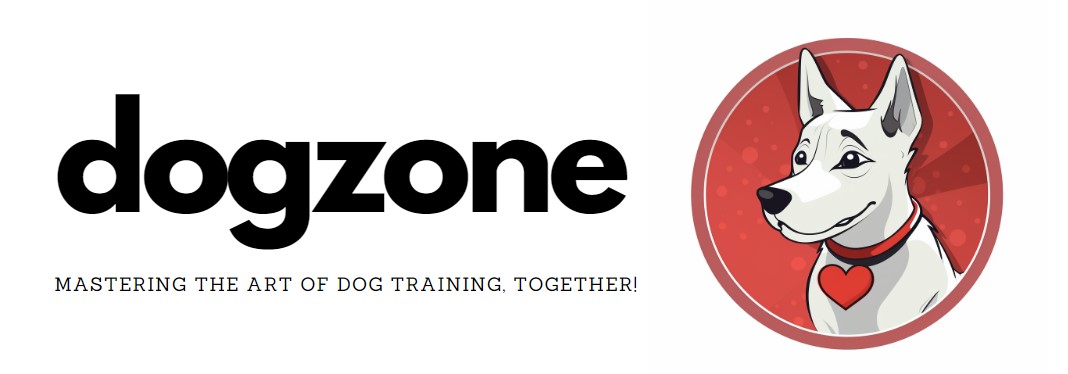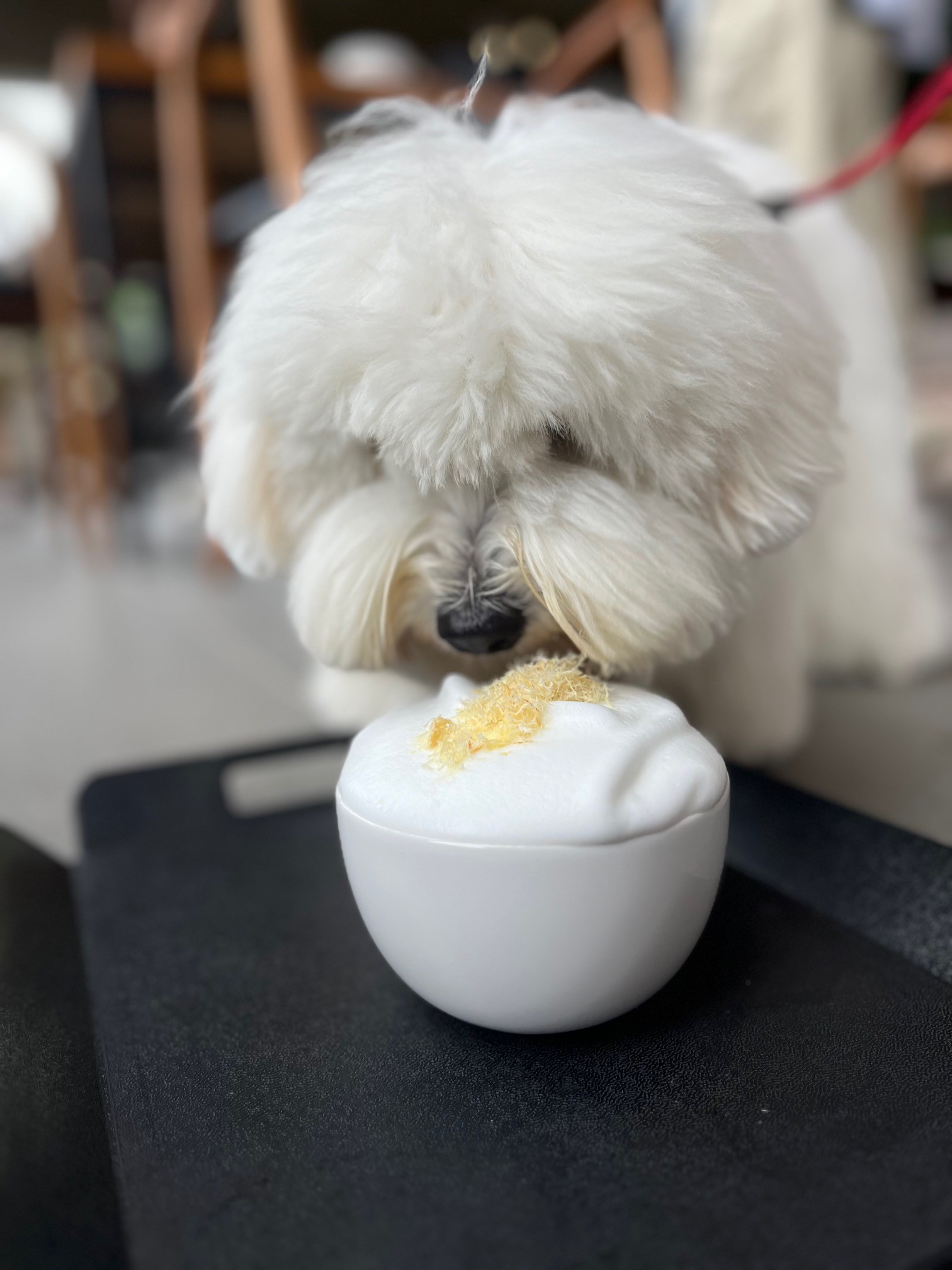Part of: The Most Common Dog Problems.
Help your dog to understand when and where to toilet. The essential tools are supervision and a positive attitude.
It’s best to confine your puppy to one area of the house where you can supervise him easily.
For puppies, take them to your chosen toileting area after feeding, sleeping, and playing; be sure the puppy goes to the area every hour during the day. Older dogs can hold out a little longer.
When he performs – PRAISE! Make a big fuss: lots of verbal praise, pats and maybe a treat. Don’t go straight inside, or the puppy will learn that performance puts an end to the fun. (But be aware of what motivates your puppy; some are keen to go back inside, so that’s a reward for that puppy.)
It really is important that the dog learns it’s OK to wee and poo in front of you – in fact, you think it’s terrific, as long as it’s outside, in your chosen toileting area.
If you’re scrupulous about getting the dog to the toilet area regularly and frequently, accidents inside should be minimal. The puppy learns that doing the right thing in the right place is a positive, rewarding experience.
No matter how hard you try, there will be occasional accidents. What to do?
If you catch the dog in the act – clap your hands to startle him. Usher him quickly to the toileting area. Reward if/when he resumes what you interrupted.
If you only find the evidence – DO NOTHING.
Ignore the dog. Clean up the mess. (White vinegar in the water will neutralise the odour which might encourage the dog to use the spot again.)
Shouting, hitting, rubbing nose – all of these old-fashioned tactics don’t work; in fact, they only teach the dog that you have a hang-up about wees
and poos, “so I’d better start hiding them – maybe behind the bed.” Even when you take the dog outside, he will be reluctant to eliminate in front of you – holding on until he can find a private spot in the house! Dogs don’t relate the punishment to the “crime”, and learn only that you are inclined to unprovoked attacks.
A dog may have trouble learning the housetraining rules for various reasons. Poor communication and unintended learning may mean you need to start from the beginning and re-train. Other causes may include physical problems, stress or anxiety, or compulsive scent marking. If in doubt, discuss the problem with a behavioural trainer.
Be patient. Housetraining may take a little time – but if you’re diligent and consistent, you will have an absolutely reliable, housetrained companion.
Related: How to toilet train a puppy


Leave a Reply